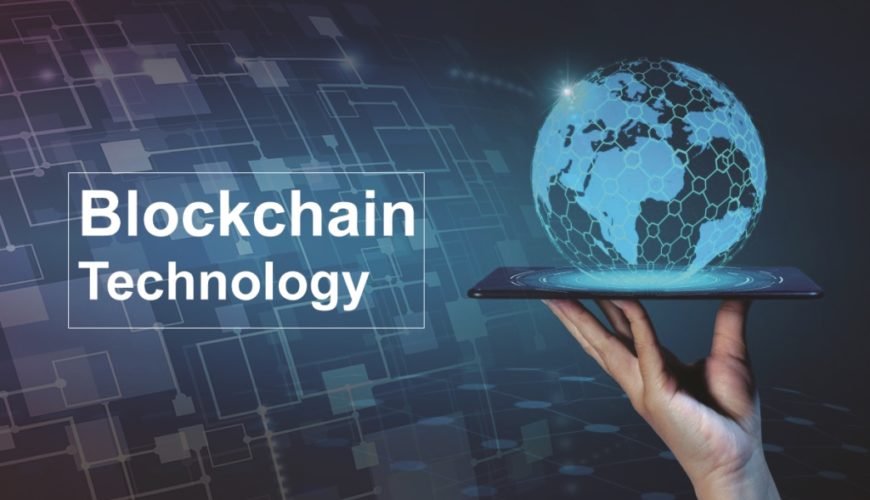By the way, blockchain is the core technology of virtual currency, especially Bitcoin. The functional outline of the blockchain technology in Bitcoin is mainly divided into two phases.
- Transaction record sharing/accumulation phase: When a transaction is input from a certain exchange, the record is shared by all the servers constituting the system. If this function is performed by the conventional technique, the following procedure seems necessary.

- Any server gets exclusive use rights from the entire system.
- Add transaction records in the latest block inside the server.
- All other servers are instructed to add records by broadcast processing.
- Wait for all servers to receive the message that the addition is complete.
- Upon receipt of the reply that all the postscripts have been added, the right to use the monopoly is released, but if there is a certain number of accumulated items, the process moves to the next phase.
The above procedure is presumed. This procedure looks very similar to the control of Google’s GFS (Google File System) triple file. The author thinks that it is extremely easy to understand if the number of 3 is expanded to N.
- PoW transaction confirmation phase: Next, PoW (Proof of Work) is triggered when a certain number of transactions are accumulated. Alternatively, it is also called mining, and from this point on, miners will compete for the calculation of the latest blockchain hash value from the past records. This calculation requires an extremely high speed and a large amount of calculation, and a large amount of electricity is charged. In other words, if you don’t install the server in an area where electricity prices are low, you can’t win the competition. For that reason, many servers are currently located in the remote areas of China, where electricity prices are low. Then, if you win this calculation competition, you will be paid a certain bitcoin as a success fee. This mechanism is, first of all, to provide an incentive for a hardware provider who actually records a distributed ledger containing transaction records to spontaneously appear. Voluntary hardware providers need to be prepared for an even greater amount of computation, the cost of electricity bills. In other words, secondly, it creates a barrier to entry that requires a large capital investment in order to become a miner who is familiar with the inside of the distributed ledger. And thirdly, in order to prevent the contents from being tampered with and gaining profits, it has the tampering prevention aspect of providing bitcoins as a reward for mining work.
In any case, it takes about 10 minutes for the transaction to be approved after the two phases are completed, and the user will wait until the new block is connected and the transaction is confirmed. Follow cryptoengine.app to stay updated about the cryptocurrency.

The future of virtual currency
If one of the virtual currencies gains general credit, the existing financial industry will be greatly affected. In other words, it will be used quite often as a payment tool for many real-world and online-world commercial transactions. And instead of using PayPal in the United States and Alipay in China to settle in a bank account, the bank account is completely bypassed. Today’s virtual currency is a speculative financial product, but it is not so sophisticated as a payment tool.
However, considering the future expansion of the Internet world, there is a certain possibility that virtual currencies that can be easily used on the Internet will circulate greatly. I think that the key is how to incorporate the exchange, which is the weakest link in security, as a credible mechanism.
It may be the most possible scenario to put it under the supervision of the authorities like the conventional banks and securities companies, but it seems appropriate from the idea when Bitcoin was founded to consider measures to prevent fraud by mutual restraint. Seems like in that case, the idea of check-and-balance may be that “if a company whose main business is seriously damaged by the occurrence of fraud on the exchange operates the exchange, then that exchange is reliable.” There is a risk that the company’s core business, net shopping, will have a significant adverse effect, so it can be considered to be a check function for fraud prevention. It is. If such a restraint cannot be created successfully, it may be a conventional government-issued virtual currency.



